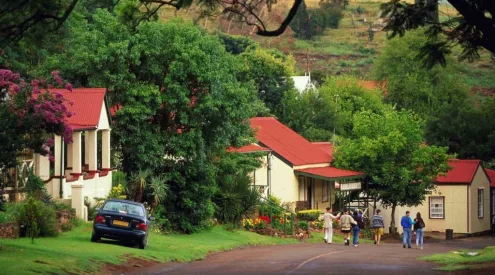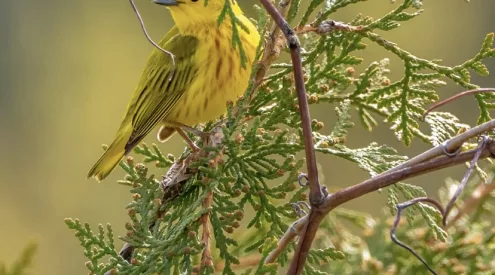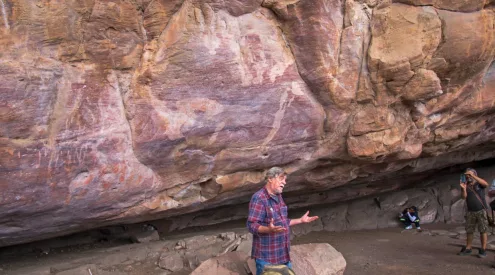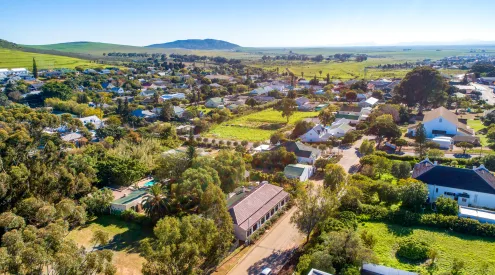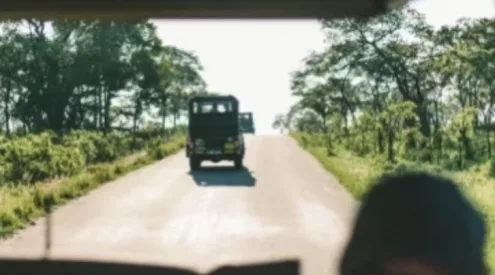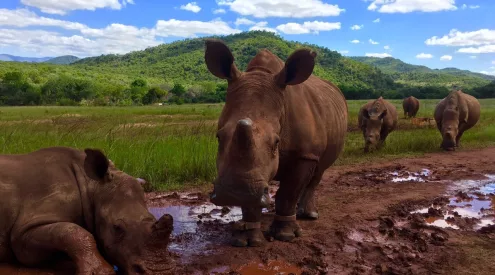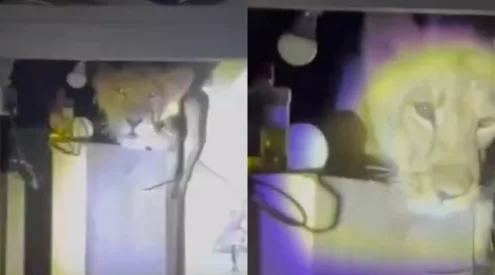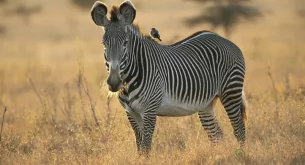Some of the world’s most iconic species such as elephants and tigers are at risk from a significant and escalating threat of human-wildlife conflict. Human-wildlife conflict arise when encounters between humans and wild animals have negative results such as loss of property, livelihood, and life.
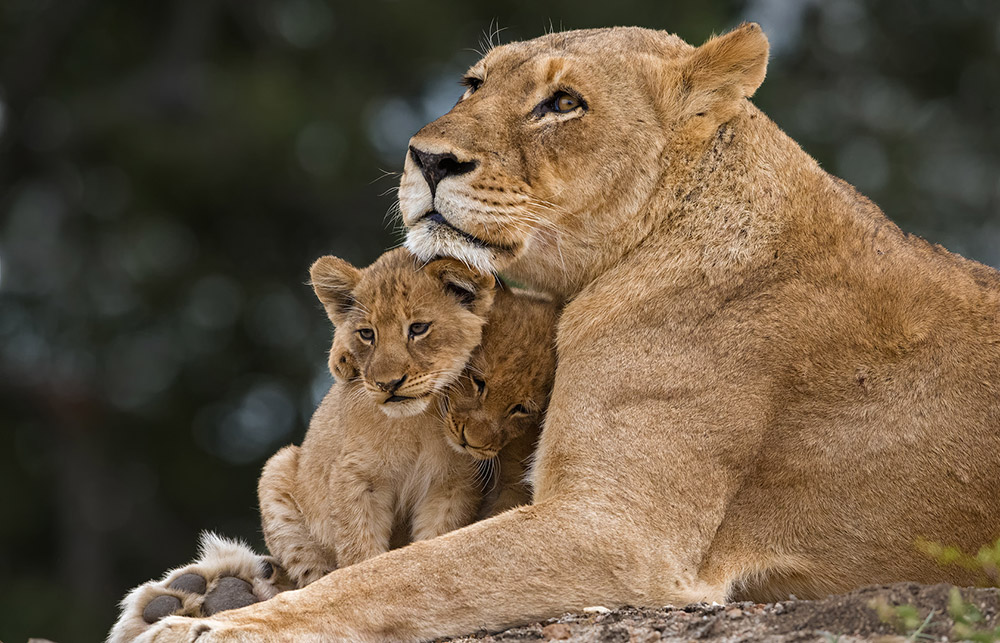
Credit: Willem Kruger
Apart from the impact it has on humans and wildlife, this conflict has a global reach too. Sustainable development agencies and businesses are affected and they are certainly feeling the pressure of its residual effects. Wildlife and communities that live close to one another are most impacted by this conflict. While the wildlife has the potential to be eradicated, humans can experience financial losses, threats to life and safety, food security, and property.
In Nambia for example, baboons are attacking the young cattle of pastoral communities. In Nepal, one-horned rhinos are destroying crops. European wolves and bears are killing livestock. This is a universal problem that affects poor communities in particular, and communities that are better off financially.
The resulting loss of crops, livestock, property, and even lives is drastic. In retaliation and to prevent such events from happening again, humans resort to killing wild animals, some of which are already endangered or threatened.
However, effective and well-planned management and integrated approaches can minimise conflict in the long term.
The World Wild Fund for Nature (WWF) has compiled a report: A Future for All: The need for human-wildlife coexistence. to help elevate this issue as well as to unlock partnerships and resources to help reduce human-wildlife conflict.
These conflicts are complex, but the WWF suggests ways in which to sustainably manage and reduce human-wildlife conflict and move towards the coexistence between wildlife and humans.
Nilanga Jayasinghe, manager of Asian species on the Wildlife Conservation team at WWF-US, one of the contributors to the report, says it’s ‘crucial to come together as a global community to achieve human-wildlife coexistence.’
‘In order to reduce human-wildlife conflict, we must reassess the relationship—and especially the direct interactions—between people and wildlife to improve our coexistence in the future.’ stated WWF.
This conflict can be minimised through research and prevention. HWC management needs to do all of the right research in order for them to understand where all of this conflict stems from by using hotspot mapping and assessing community attitudes. Another solution is to prevent the conflict by putting up fencing, and the use of early detection tools. That way communities and wildlife are kept at opposite ends, away from one another.
Removing the risks of dangerous wildlife encounters through strong prevention, mitigation, and response increases the safety of local people, making them feel more secure in their daily lives. Wildife too will be protected and this will prevent many animals and plants from becoming extinct.
ALSO READ


